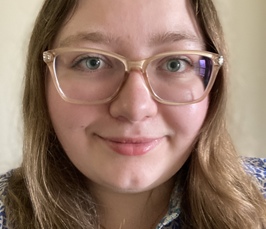Fluxional catalytic interfaces and how they evolve under realistic conditions: insights from computational studies
- Date: Jun 20, 2022
- Time: 04:00 PM (Local Time Germany)
- Speaker: Dr. Patricia Poths
- Location: Building M, Richard-Willstätter-Haus, Faradayweg 10, 14195 Berlin
- Room: Seminar Room
- Host: Interface Science Department
- Contact: nikolaus@fhi-berlin.mpg.de

This is especially important when considering reaction profiles, as the catalyst can undergo restructuring as part of the reaction coordinate. Using this regime in computational studies, we can gain deeper insight into the atomistic evolution of catalytic interfaces, and extract broader principles to help understand and design better catalysts.
Three systems will be highlighted to emphasize the importance of this paradigm; the size-dependent sintering of Ptn/TiO2 subnano clusters, and how magic “sinter-resistant” cluster sizes arise as a result, interpretation of the operando XANES to reveal dynamic changes of CuPd clusters for the ODH of propane, and the interaction between promoter and poison in Pt4Ge/Al2O3 clusters, leading to self-limiting coking and enhanced stability, which uncovers the electronic effect behind catalyst deactivation through poisoning with coke.